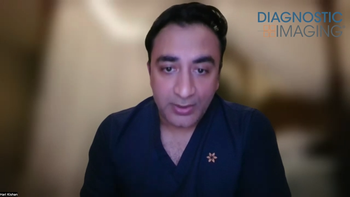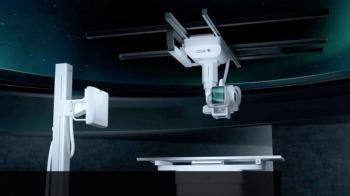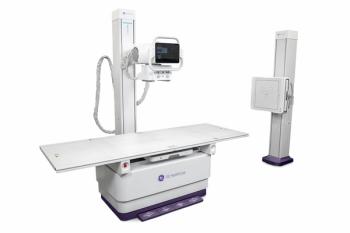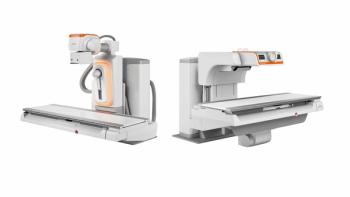
Analogic plans entry into digital x-ray market
Analogic plans entry into digital x-ray marketFirm will supply amorphous selenium detectors to OEMsMedical imaging OEM supplier Analogic has taken a first step toward entering the digital x-ray market. In late June, the firm acquired the
Analogic plans entry into digital x-ray market
Firm will supply amorphous selenium detectors to OEMs
Medical imaging OEM supplier Analogic has taken a first step toward entering the digital x-ray market. In late June, the firm acquired the medical detector and pure metals assets of Noranda Advanced Materials, a Canadian firm that has been developing an amorphous selenium-based digital detector product for the last three years.
Noranda has developed prototype detectors employing amorphous selenium, and expects to have models available for general radiographic and mammography applications in the spring of 2000. The Saint-Laurent, Quebec-based firm had discussed progress on a detector targeted for mammography at a breast imaging meeting in February.
Detectors suitable for angiography applications are also expected to be available in 2000, according to Bernard Gordon, Analogic chairman and CEO. Peabody, MA-based Analogic plans to bring a range of digital detector products to medical imaging OEMs through Anrad, a wholly owned subsidiary the company has formed to handle its digital detector business. Anrad will be based in a 35,000-square-foot facility previously occupied by Noranda in Saint-Laurent.
Noranda is currently providing amorphous selenium coating services for thin-film transistor arrays used in the DirectRay technology developed by Hologics Direct Radiography Corp. Anrad will continue to offer that kind of service, Gordon said.
In addition, Anrad can provide a detector plate, including readout and scanning electronics. Image filtering and correction interfacing necessary to hook the detector into an existing x-ray system can also be added, he said.
The company declined to comment on whether any firms have signed on to use Anrad technology. Anrad will be headed by president and chief technology officer Henri Rougeot, who is moving from Noranda. Noranda elected to sell its detector and pure metals assets to focus on its core electronic and zinc battery powder production businesses, Gordon said.
While nearly all flat-panel digital radiography systems employ amorphous silicon-based detectors, Analogic believes amorphous selenium will be competitive, offering price and resolution improvements, Gordon said.
Furthermore, while some market watchers believe that amorphous selenium cant accommodate dynamic imaging, Analogic believes that technology developed at Noranda shows much potential in this realm.
With the acquisition, Analogic will enter a flat-panel digital x-ray market that has not lived up to expectations so far, hampered by a number of factors, including the high cost of these systems. The x-ray market is beginning to favor digital systems, but this trend is still in its infancy, Gordon said.
Were not going to see the same development that occurred when CT was first introduced, and suddenly everybody wanted to have one, he said. (Adoption of digital x-ray) is going to happen over a period of years.
In other Analogic news, president Bruce Rusch has resigned, effective July 31. Gordon will assume Ruschs duties until a replacement is found.
Search again Homepage
Newsletter
Stay at the forefront of radiology with the Diagnostic Imaging newsletter, delivering the latest news, clinical insights, and imaging advancements for today’s radiologists.




